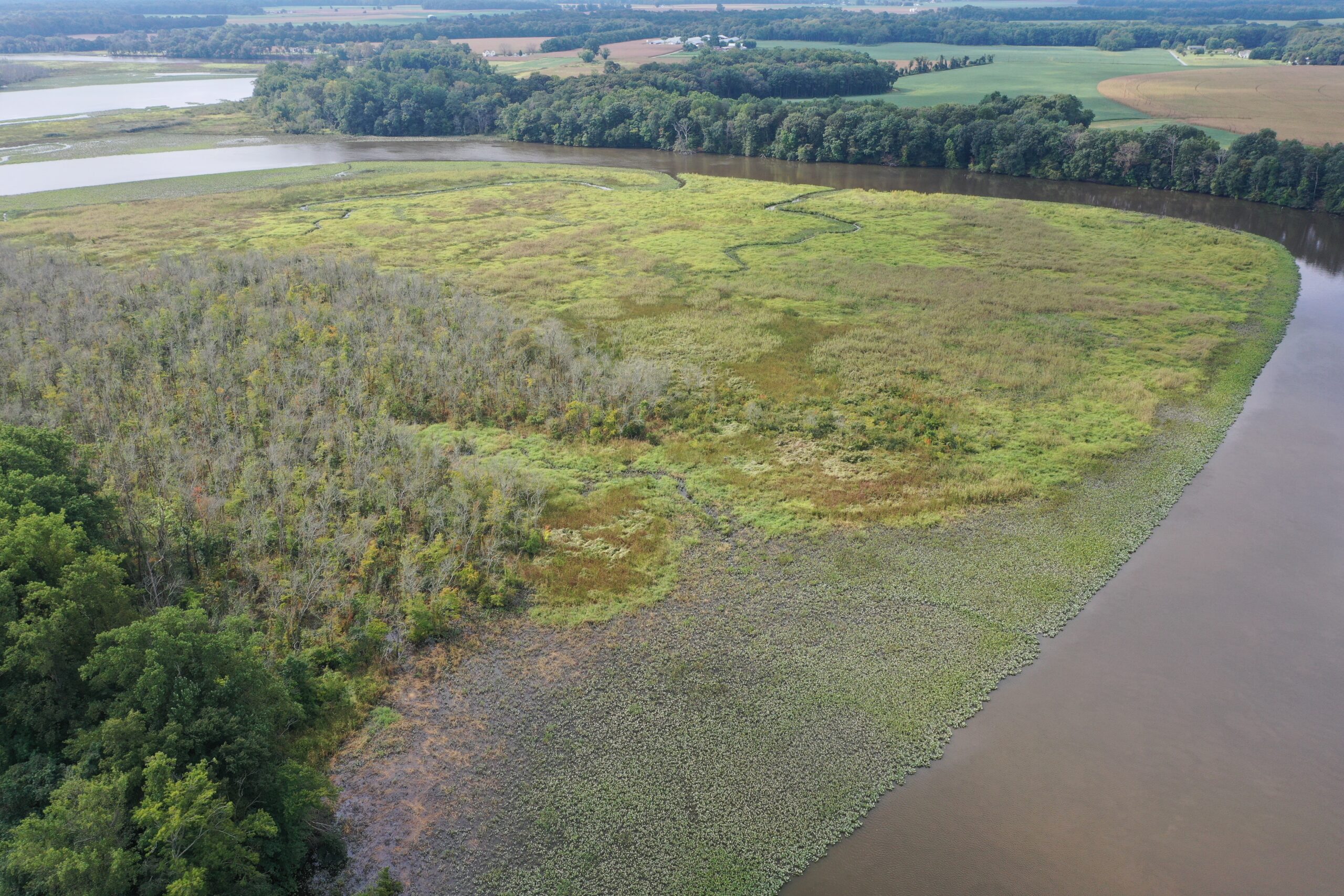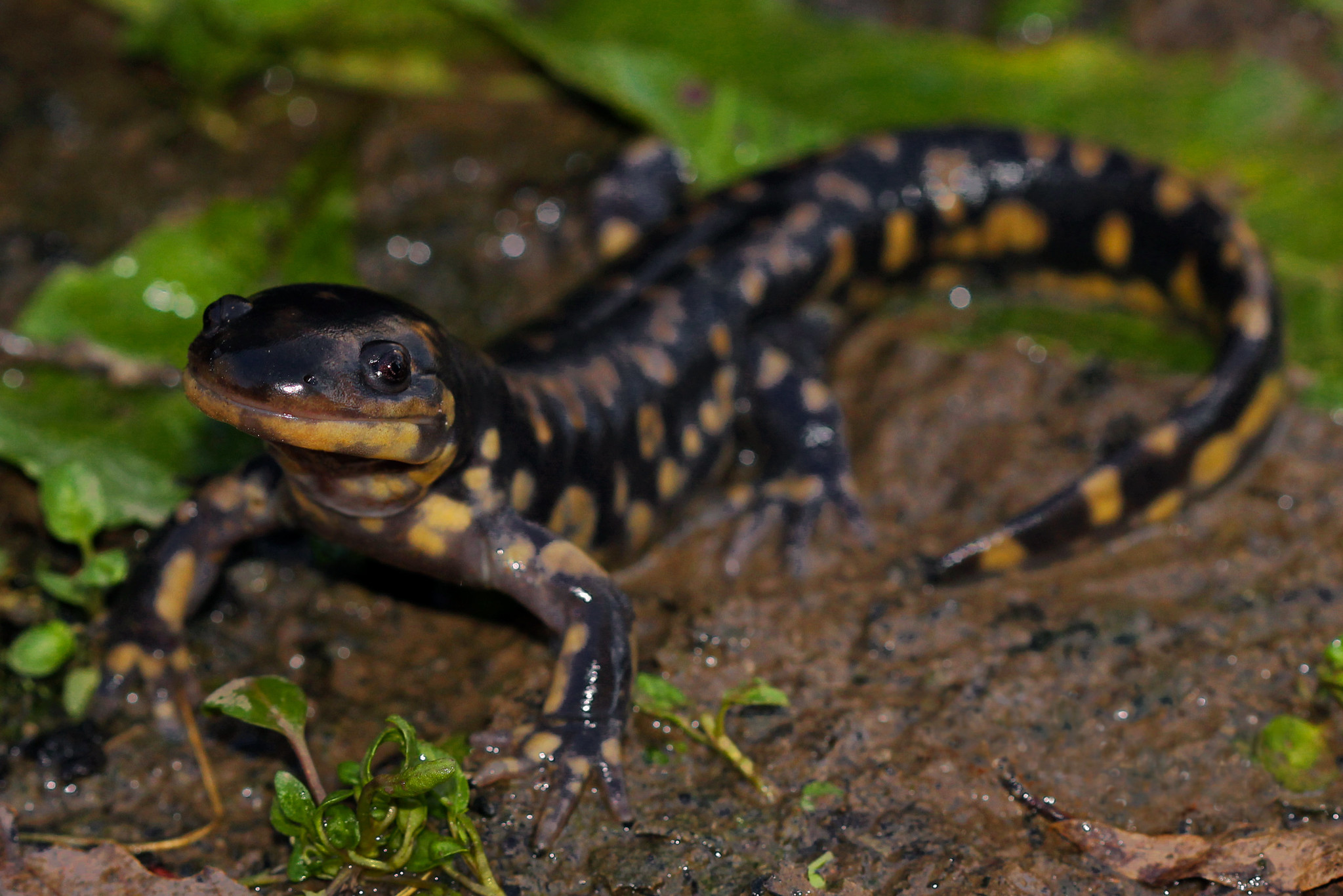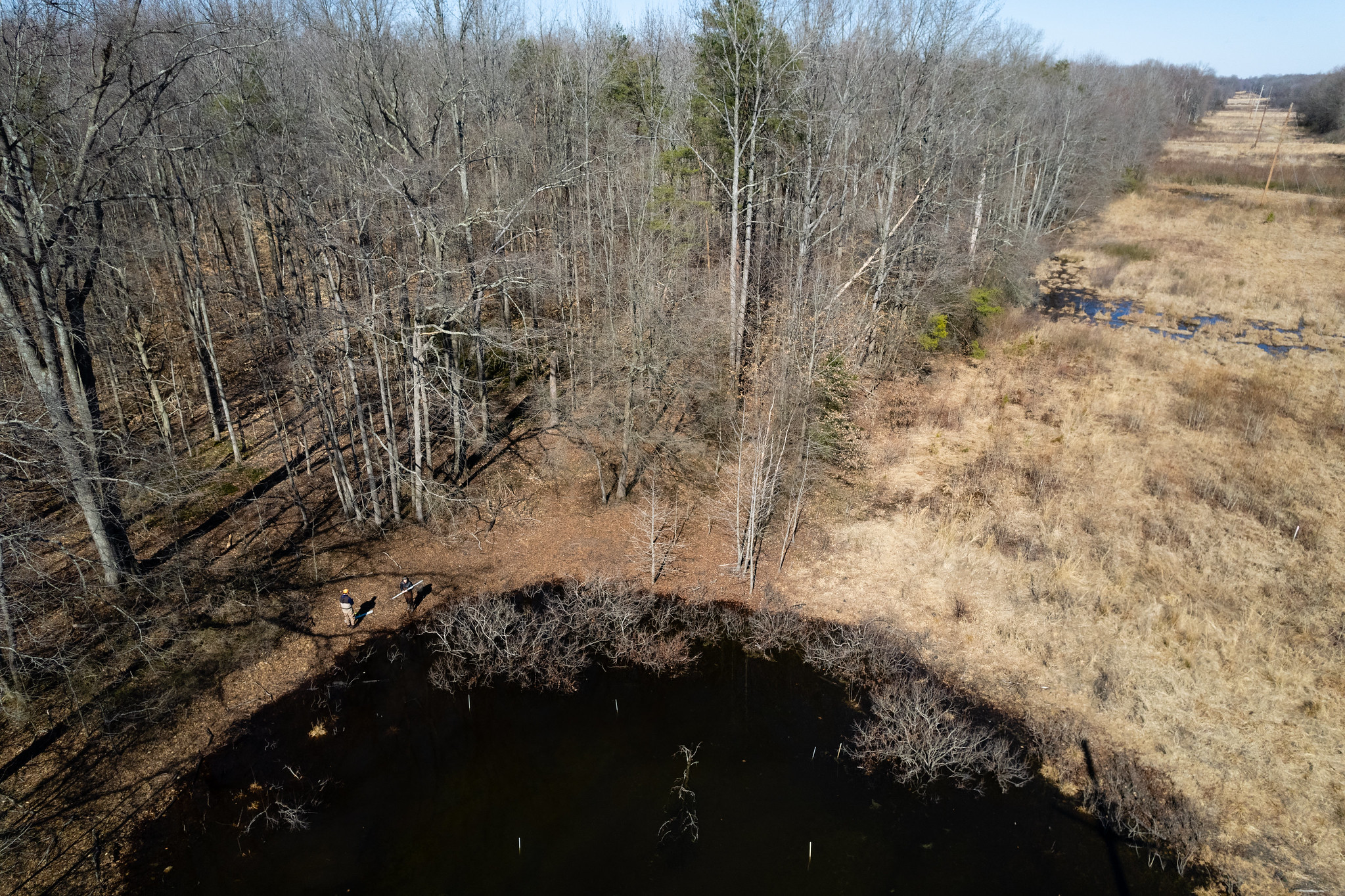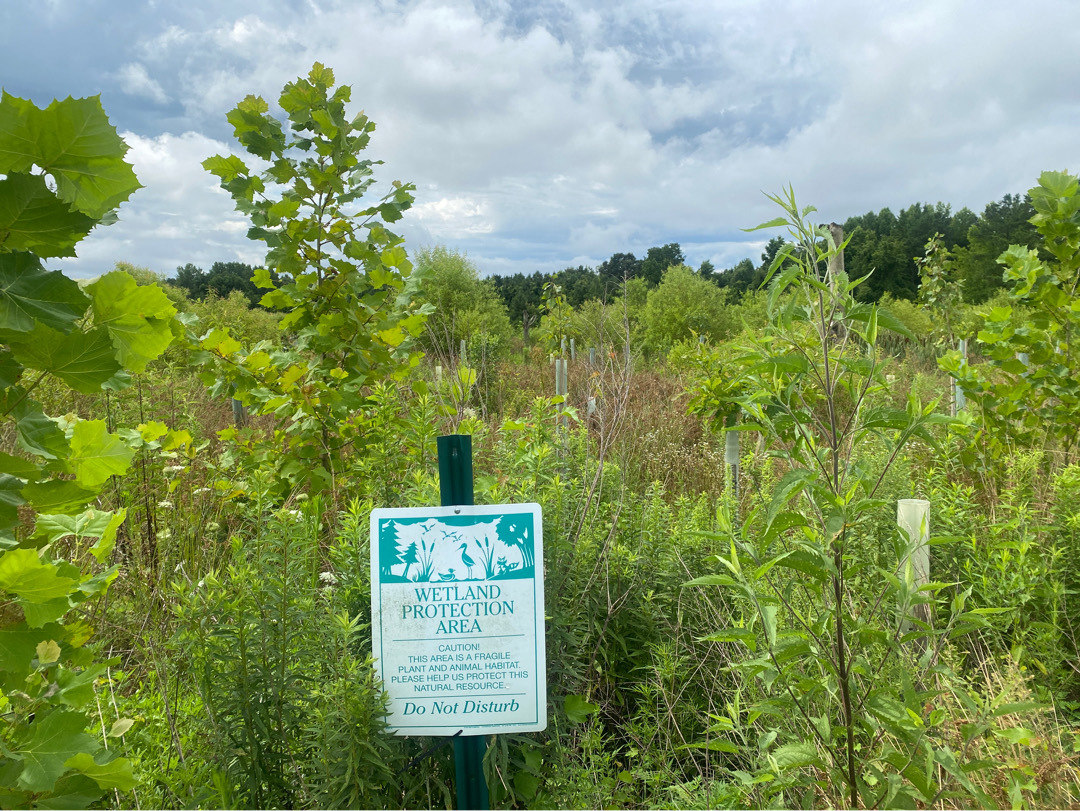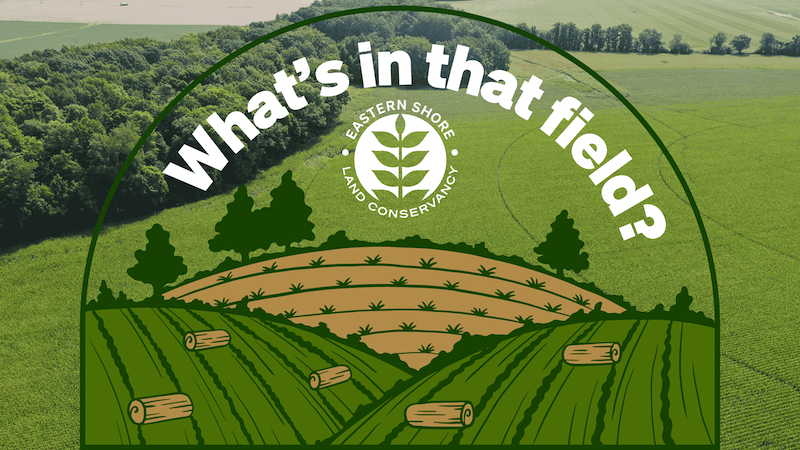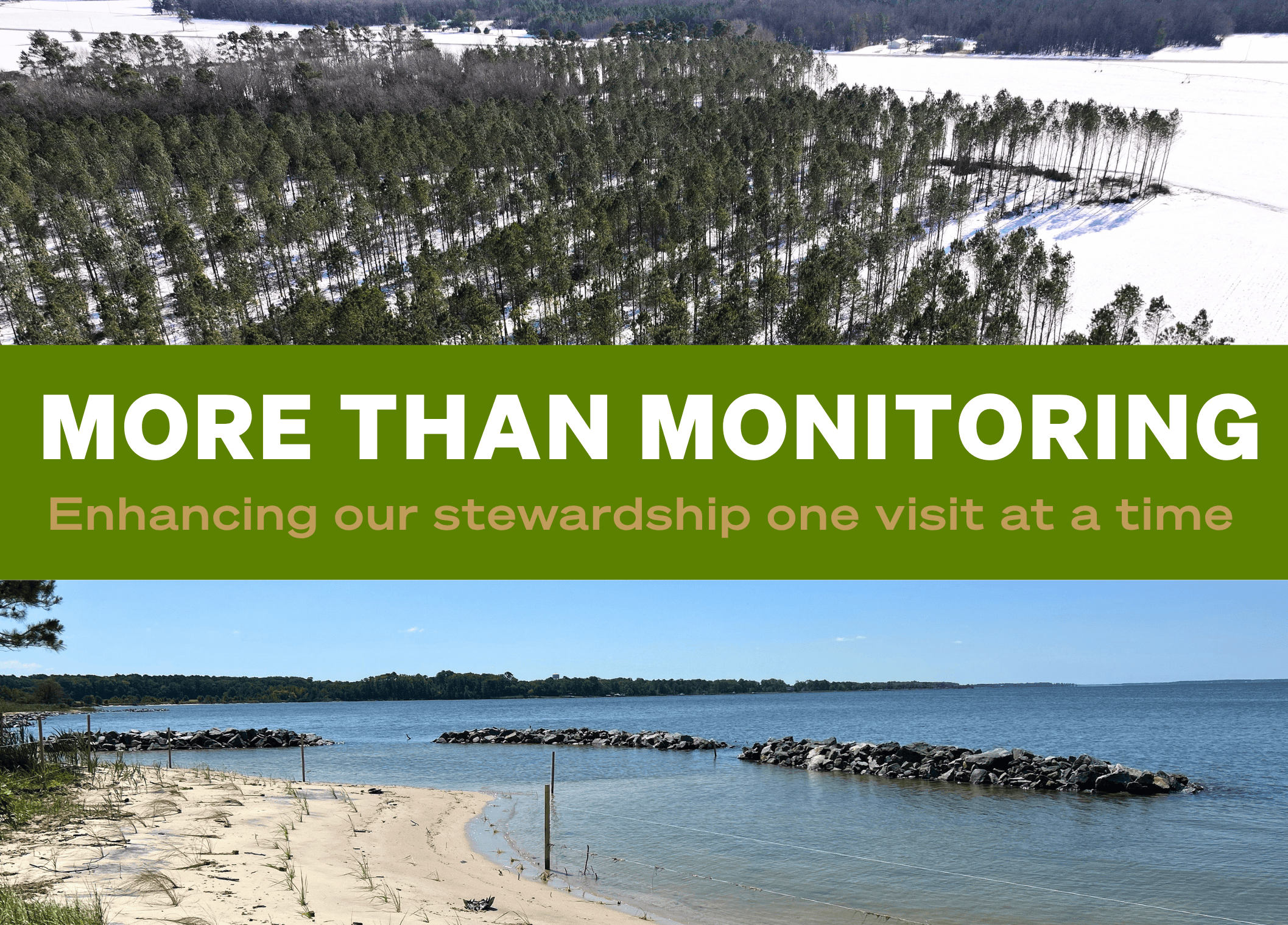Whale Wallows for Salamanders
American Wetlands Month, celebrated in May, raises awareness of the importance of wetlands across the United States. And while Florida’s Big Cypress and Virginia’s Great Dismal each have their charms, the marshes of the Eastern Shore are just as varied and picturesque, and unfortunately just as in peril. There is perhaps no ecosystem more intrinsic to our unique rural landscape, our culture, and our economy than the wetland. Without these soft marshy spaces bordering our waterways and fringing our farm fields, the Eastern Shore simply would not be the Eastern Shore. From salty to freshwater, tidal to non-tidal, and all else in between, ESLC has helped protect nearly 3,160 acres of wetlands across the peninsula. These wetlands not only provide habitat for amphibians and migratory birds but also play a vital role in providing clean water, coastal resilience, and carbon sequestration. In our agricultural landscapes, wetlands filter nutrients and sediments carried by runoff, while simultaneously preventing erosion and improving drainage for farmers who strategically implement them within their fields. Despite all of these benefits, wetlands remain under threat from development, pollution, and climate change. This fact is especially detrimental to rare, threatened, and endangered species like the Eastern tiger salamanders, barking tree frogs, and saltmarsh sparrows who live and breed in wetlands and act as indicators of ecosystem health.
